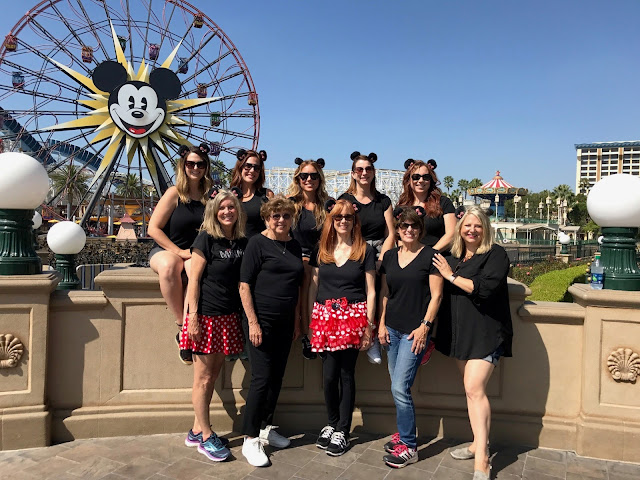To Drink or Not to Drink
 This weekend we were celebrating one of our friend’s
birthdays. We went to the Daily Grill here in Fresno, and decided to enjoy
their happy hour, which means great deals on booze and fried food. I am sure
most of you reading this are probably rolling your eyes or thinking in your
head she must be crazy, people with diabetes should not be eating or drinking
this type of stuff. Well, to a certain extent you are correct, fried food does
a number to my blood sugars if I am not paying attention, but the thing you are
somewhat wrong about is the alcohol. Let me explain.
This weekend we were celebrating one of our friend’s
birthdays. We went to the Daily Grill here in Fresno, and decided to enjoy
their happy hour, which means great deals on booze and fried food. I am sure
most of you reading this are probably rolling your eyes or thinking in your
head she must be crazy, people with diabetes should not be eating or drinking
this type of stuff. Well, to a certain extent you are correct, fried food does
a number to my blood sugars if I am not paying attention, but the thing you are
somewhat wrong about is the alcohol. Let me explain.
Now this may surprise some of you, but alcohol does not
raise blood sugars. In fact, it does the exact opposite. Most alcohol begins as
a carbohydrate, but during the fermentation process those carbohydrates are
broken down leaving little to no sugar in the beverage. Now, don’t get me wrong
this is pure alcohol we are talking about here, not mixers. The thing that
raises a diabetic’s blood sugar while drinking is usually the things mixed into
the drink. For example, I love to have a little Malibu with pineapple juice.
The pineapple juice would make my blood sugars raise, not the rum.
Here is what happens when your body metabolizes alcohol.
When your blood sugar levels begin to drop your liver will release stored
glucose into your blood stream to help your blood sugars raise. When you are
drinking alcohol, your liver has other responsibilities that need to be taken
care of first, that being to get the alcohol out of your system as quickly as
it can. This job distracts your liver from sending glucose out into your blood
stream when your body is in need of it causing people to drop to severe low
blood sugars. Because of this little glitch it is important to eat
carbohydrates while you eat to keep your sugars from dropping too low.
All in all we had a nice afternoon celebrating a friend,
eating some food, and sharing a celebratory cocktail or two. I gave myself a
small amount of insulin for the food I ate and the mixer that was in my
appletini and survived the evening with normal blood sugars and feeling great.
I did have to have a cut off point when our good friends made sangria for us
later that night, because as a diabetic you never want to fully test your
limits with alcohol.


Comments
Post a Comment